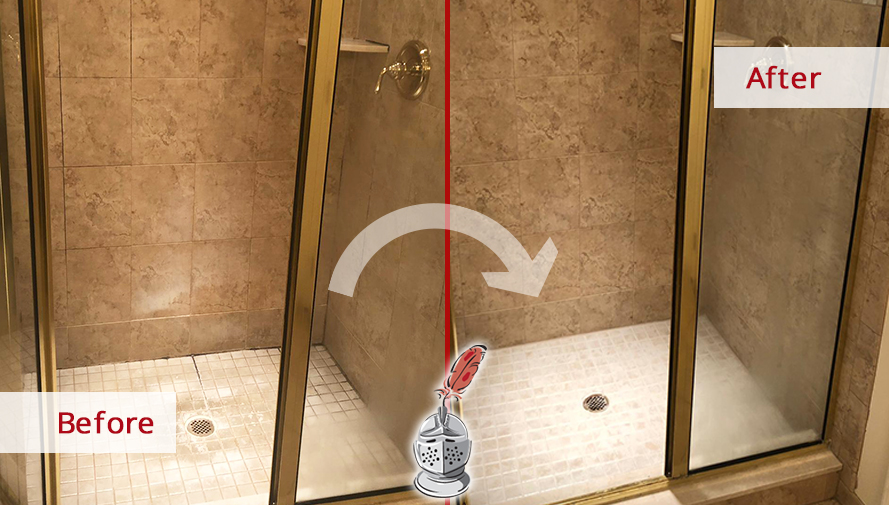In this article down the page you can get a bunch of helpful details around How to Repair and Prevent Bathroom Water Damage.

The washroom is incredibly at risk for damp buildup and potential water damages as a result of the frequent use water in it. This write-up supplies easy examination techniques to assist detecting water damage threats.
The frequent use water in the bathroom makes it very vulnerable for damp buildup and prospective water damages. By evaluating it regularly, you can reduce water associated problems.
The adhering to set of assessments is simple to execute and also should be done once in every three months in order to maintain your washroom healthy and to avoid prospective water problems brought on by the bath tub, the shower, pipe joints and plumbing, sinks, cabinets, as well as the bathroom
Do not disregard doing these examinations and also be comprehensive while doing them. Bear in mind that these basic examinations can save you a lot of money by supplying very early signs for water damages
Bathtub and Shower
The shower and bathtub require special attention as well as maintenance. Inspect the ceramic tiles as well as replace if split. Make certain that there is no missing grout between the ceramic tiles. Check and also change fractured caulking at joints where the walls meet the floor or the bathtub. Blocked drains as well as pipes problems will prevent the bath tub from drying out and also might show severe issues below the tub. Speak with a professional immediately to prevent structural damage. Take note of discolorations or soft areas around the tub walls as they may indicate an internal leakage.
Plumbing
Signs for water damages are tough to identify since a lot of pipes are installed inside the wall surfaces.
Pay unique interest to flooring and wall surfaces wetness as well as stains as they might suggest an unnoticeable plumbing problem. Inspect wetness levels in adjoining areas too.
Sinks and also Cabinets
Sinks as well as cupboards are exposed to moisture and also moisture everyday as well as are frequently neglected. Inspect regularly under the sink and also on the counter top above it. Repair any kind of drip in the catch as it may suggest drainpipe issues. Take a look around the sink, slow draining pipes might show a blocked drain. Change sink seals if they are split or loose.
The Toilet
The commode is a prone water junction. Examine the water lines and also search for leaks around the bathroom seat, in the tube, as well as under the water tank. If you identify any type of signs of dampness on the flooring around the toilet, look for leaks in the toilet edge as well as tank seals.
Realize that hanging bathroom bowl antiperspirants boosts the chances for obstructions.
Water Damage Signs In The Bathroom To Avoid Cleanup
Musty smell
This is one of the easiest signs to catch because musty smells are so odorous. The damp, earthy, moldy smell should be a big red flag. The smell will develop when moisture gets trapped in surfaces, and begins to facilitate mold growth. Leaking pipes under cabinets, inside walls, and behind shower fixtures will cause moisture to stay trapped and not dry, which will lead to mold growth and spread. As soon as you notice any musty smells in your bathroom, have it checked for hidden water damage and cleanup signs.
Visible mold
If the smell isn’t there to give it away, sometimes you will actually see mold growth. Finding mold in your bathroom is a serious problem, because mold is very harmful to your health. By the time mold growth is visible, it also means that water damage has already occurred and been present for some time. The only way the mold problem can be resolved is to find the source of the moisture and get it stopped. To safely and adequately remove mold, you need to have professionals handle the remediation. Do not waste any time in getting mold problems addressed, fixed, and sanitized so that you can protect you and your family from the many respiratory symptoms caused by mold exposure.
Damaged floors
Bathroom floors should be able to withstand some exposure to water while still remaining in good condition. However, when excess exposure or water leaks occur, they will begin to damage even the most water-resistant flooring. If you notice any cracking, bubbling, staining, or warping on your bathroom floors, there is probably a water leak somewhere causing the distortion. If you notice areas of the floor have become softer, or even have a spongy feeling, there is probably damage to the subfloor. Subflooring is typically made up of plywood. When plywood is exposed to water or moisture, it will absorb it. Once it has become saturated, the weight of the excess water will cause the wood to swell and soften. Check the floors in your bathroom frequently to catch any of these sings before they lead to damaged subflooring.
Changes on walls
When water leaks behind walls, it will cause changes in the drywall. Peeling plaster, blistering paint, and soggy wallpaper are all good indicators that excess water is building up behind the wall. Water leaking behind drywall will cause it to swell and be soft to the tough. If you start to notice gaps along the trim of your walls, or where tile meets the wall, it could also be a strong indicator that there is a leak behind the wall. Any changes, distortion, or damage on the walls should be evaluated as soon as you notice it to prevent further water damage and cleanup.

Hopefully you enjoyed reading our article about How to Fix a Water Damage Bathroom. Thanks a ton for taking a few minutes to read through our blog. Sharing is nice. Helping others is fun. We cherish reading our article about How to Fix a Water Damage Bathroom.
Booking